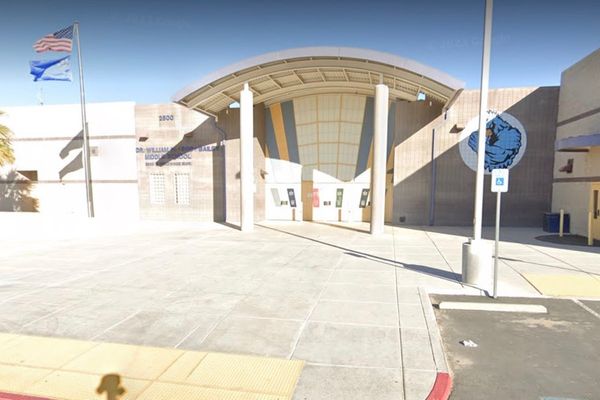
The Walt Disney Company (DIS) made positive free cash flow (FCF) last quarter and will likely keep doing this. That has helped analysts raise their targets. As a result, DIS stock is off of its lows and one way to play this is to short out-of-the-money puts.
DIS is at $93.80 in midday trading on Tuesday, Oct. 1. This is up from recent lows of $88.32 on Sept. 11 and $85.60 on Aug. 13. That occurred after its Aug. 7 earnings release for its fiscal Q3 ending June 29.
Nevertheless, analysts still have higher price targets for DIS stock. For example, Yahoo! Finance reports that 28 analysts have an average target of $110.86. That is 18% over today's price. Similarly, Barchart's survey shows an average price target of $115.48 per share, or +23% higher.
In addition, AnaChart, a new sell-side analyst tracking site reports that 25 analysts have an average price target of $115.91. So, there seems to be a good consensus that DIS stock looks cheap here. Let's look at why.

Strong Free Cash Flow
Last quarter Disney generated $1.237 billion in free cash flow (FCF) for its fiscal Q3 and $4.53 billion for the nine months ending June 29. However, the Q3 FCF was slightly lower than last quarter.
Nevertheless, the table below shows its FCF / revenue (i.e., FCF margins) ratio was fairly strong. For the latest quarter, it was 5.34% and for the nine months, it was 6.59%.

This implies that Disney should be expected to continue making strong FCF going forward. For example, analysts are projecting $22.47 billion for the Sept. quarter. Assuming it makes a 5.5% FCF margin that implies free cash flow could reach $1.236 billion, and $5.766 billion for the year.
Moreover, assuming that on average it makes 6.5% FCF margins next year and based on analysts' revenue forecast of $95.24 billion (according to Seeking Alpha), its FCF should reach $6.19 billion (i.e., 0.06 x $95.24b). That would be 7.4% higher than this year.
Price Target for DIS Stock Using FCF Yield
As a result, DIS stock could likely appreciate over the next 12 months. For example, if the market values its FCF with a 2.5% FCF yield, the market cap would rise to $248 billion (i.e., $6.19b/0.025 = $247.6b).
That is 45% over today's market cap of $170.77 billion or a price of $136 per share. Even using a lower valuation metric of 3.0% FCF yield (equivalent to a 33.3x multiple), the market cap would be $206.33 billion (i.e., $6.19b/0.03) or +20.8% higher. That equals a minimum price target of $113.31.
That is close to the average analysts' targets ranging from $110 to $115 (see above). One way to play this is to sell short out-of-the-money (OTM) put options.
Shorting OTM Puts in Nearby Expiry Periods
For example, the Nov. 1, 2024, options expiration chain shows that the $87.00 put option strike price has a premium of 50 cents. That means that an investor can make a short-put yield of 0.57% over the next month (i.e., $0.50/$87.00).

Here is how that works. First, the investor secures $8,700 in cash with their brokerage firm. Then, after receiving approval to do the trade, the investor can enter an order to “Sell to Open” one put contract at $87.00. The account will immediately receive $50.00. That works out to an immediate yield of 0.57% (i.e., $50/$8,700).
Downside Risks and Strategies
Note that this strike price is almost 7% below today's spot price. So, it provides good downside protection. As long as DIS stock stays over $87.00 the investor's secured cash will not be used to buy 100 shares at $87.00 per share.
Moreover, even if that happens, the investor's breakeven price will be lower. This is due to the $50 income already received. The net investment would be $8,650, or $86.50 per share. That is over 7.7% below today's price.
This provides a good buy-in price for the long-term investor. For example, at that price, assuming DIS stock hits the target price of $113.31, the expected return (ER) is +31% (i.e., $113.31/86.50-1).Moreover, the investor can repeat this trade every month. So, over the next 3 months, the expected yield (EY) is 1.71% (i.e., (0.0057 x 3)*100), assuming the same short-put yield play can be repeated each month.
The bottom line is the DIS stock looks cheap here over the next year. One way to play this is to sell short out-of-the-money puts continuously in nearby option expiry periods.
On the date of publication, Mark R. Hake, CFA did not have (either directly or indirectly) positions in any of the securities mentioned in this article. All information and data in this article is solely for informational purposes. For more information please view the Barchart Disclosure Policy here.






